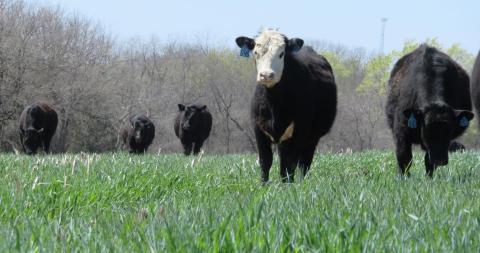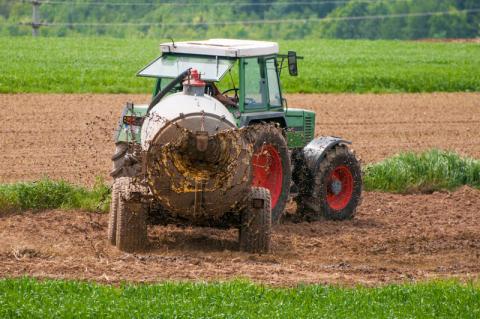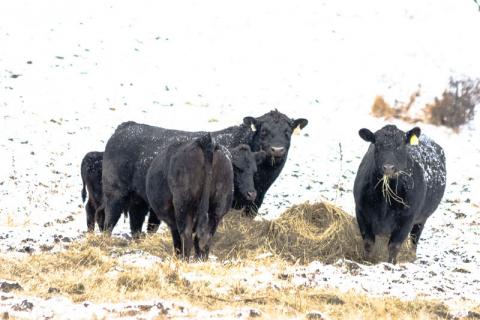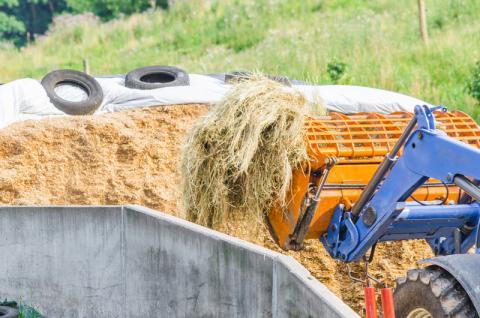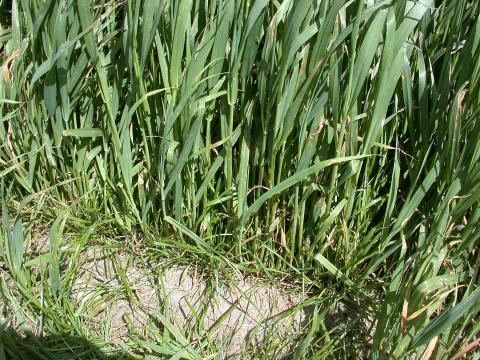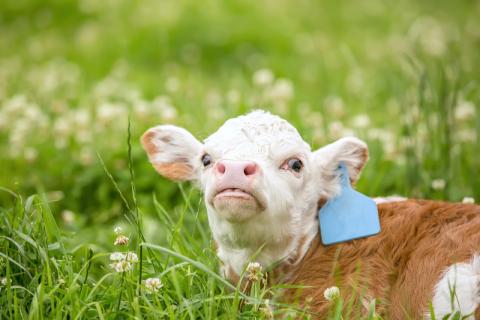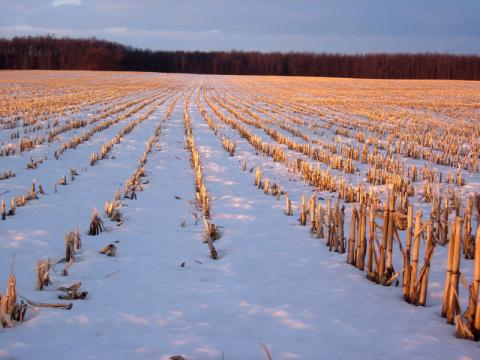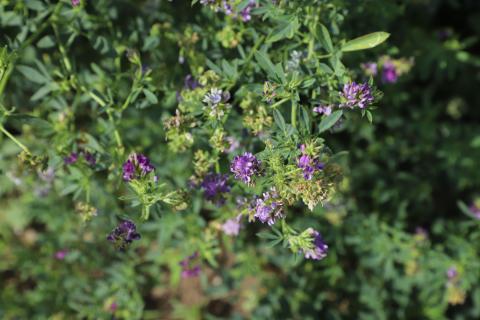Pasture and Forage Minute: Dormant Alfalfa Weed Control, Cover Crop Forage Strategies
February 16, 2022
With a late fall cutting and minimal snow, extension educators detail the importance of timely weed control in stressed alfalfa this spring. Plus — why planning cover crops for forage should begin immediately.
Pasture and Forage Minute: Cutting Alfalfa Fertilizer Costs with Manure
February 10, 2022
Save money by getting a jumpstart on your summer annual forage plan. Plus, Nebraska Extension Educator Ben Beckman explains how to prepare alfalfa seed beds with manure to save on fertilizer costs this growing season.
Pasture and Forage Minute: Inventorying Forage Supply
February 1, 2022
With increasingly dry conditions in Nebraska, now is a good time to take stock of remaining hay and forages to make timely adjustments on your winter feed strategy.
2022 Silage for Beef Cattle Conference: Focus on Small Grain Silage
February 3, 2022
The fourth annual Silage for Beef Cattle Conference will highlight small grain production concerns such as agronomic management for silage, harvest timing, fermentation analysis, inoculants and ROI.
Pasture and Forage Minute: Planning Spring Annual Forages, Cereal Silage
January 31, 2022
Extension educators discuss considerations for spring annual forages in Nebraska and optimum timing of cereal grain crop harvest for silage.
Pasture and Forage Minute: Winter Hay Issues, Frost Seeding
January 25, 2022
Ben Beckman reviews ways to avoid grass tetany and nitrate poisoning with winter animal feed, and Brad Schick highlights the optimum conditions for frost seeding legumes in pastures.
Pasture and Forage Minute: Nutrition Concerns for Mid-winter, Calving
January 17, 2022
Cattle Nutrition — The do's and don'ts of grazing cornstalks this winter, plus why it's important to use high quality hay after calving season.
Pasture and Forage Minute: Planning 2022 Forages, Alfalfa Fertility
January 12, 2022
Extension educators discuss the importance of analyzing last year's forages to improve production in 2022, and how to maximize your fertilizer investment dollars in alfalfa fields.
